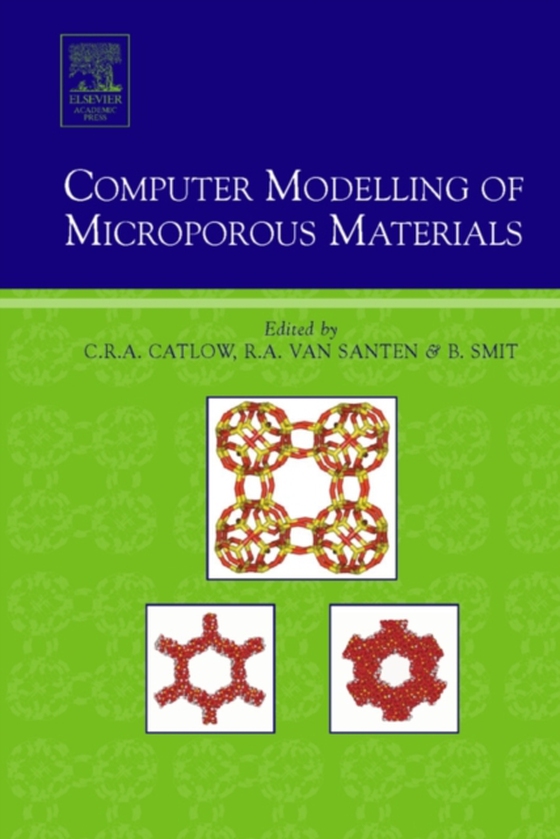
Computer Modelling of Microporous Materials e-bog
1313,81 DKK
(inkl. moms 1642,26 DKK)
Microporous materials, including both zeolites and aluminophosphates are amongst the most fascinating classes of materials, with wide ranging important applications in catalysis, gas separation and ion exchange. The breadth of the field has, moreover, been extended in the last ten years by the discovery of the versatile and exciting ranges of mesoporous materials. Computational methods have a ...
E-bog
1313,81 DKK
Forlag
Academic Press
Udgivet
30 april 2004
Længde
298 sider
Genrer
PNV
Sprog
English
Format
pdf
Beskyttelse
LCP
ISBN
9780080472294
Microporous materials, including both zeolites and aluminophosphates are amongst the most fascinating classes of materials, with wide ranging important applications in catalysis, gas separation and ion exchange. The breadth of the field has, moreover, been extended in the last ten years by the discovery of the versatile and exciting ranges of mesoporous materials. Computational methods have a long and successful history of application in solid state and materials science, where they are indeed established tools in modelling structural and dynamic properties of the bulk and surfaces of solids; and where they are playing an increasingly important role in understanding reactivity. Their application to zeolite science developed strongly in the 1980's, with the initial successes in modelling structure and sorption, and with emerging capability in quantum mechanical methods. The field was reviewed over ten years, since then there have been major developments in techniques and of course the power of the available hardware, which have promoted a whole range of new applications to real complex problems in the science of microporous materials. Computer Modelling of Microporous Materials aims to summarise and illustrate the current capabilities of atomistic computer modelling methods in this growing field. Details advances in the rapidly expanding field of microporous materials Summarises key current techniques in this type of modelling Illustrates the current capabilities of atomistic computer modelling methods
 Dansk
Dansk

